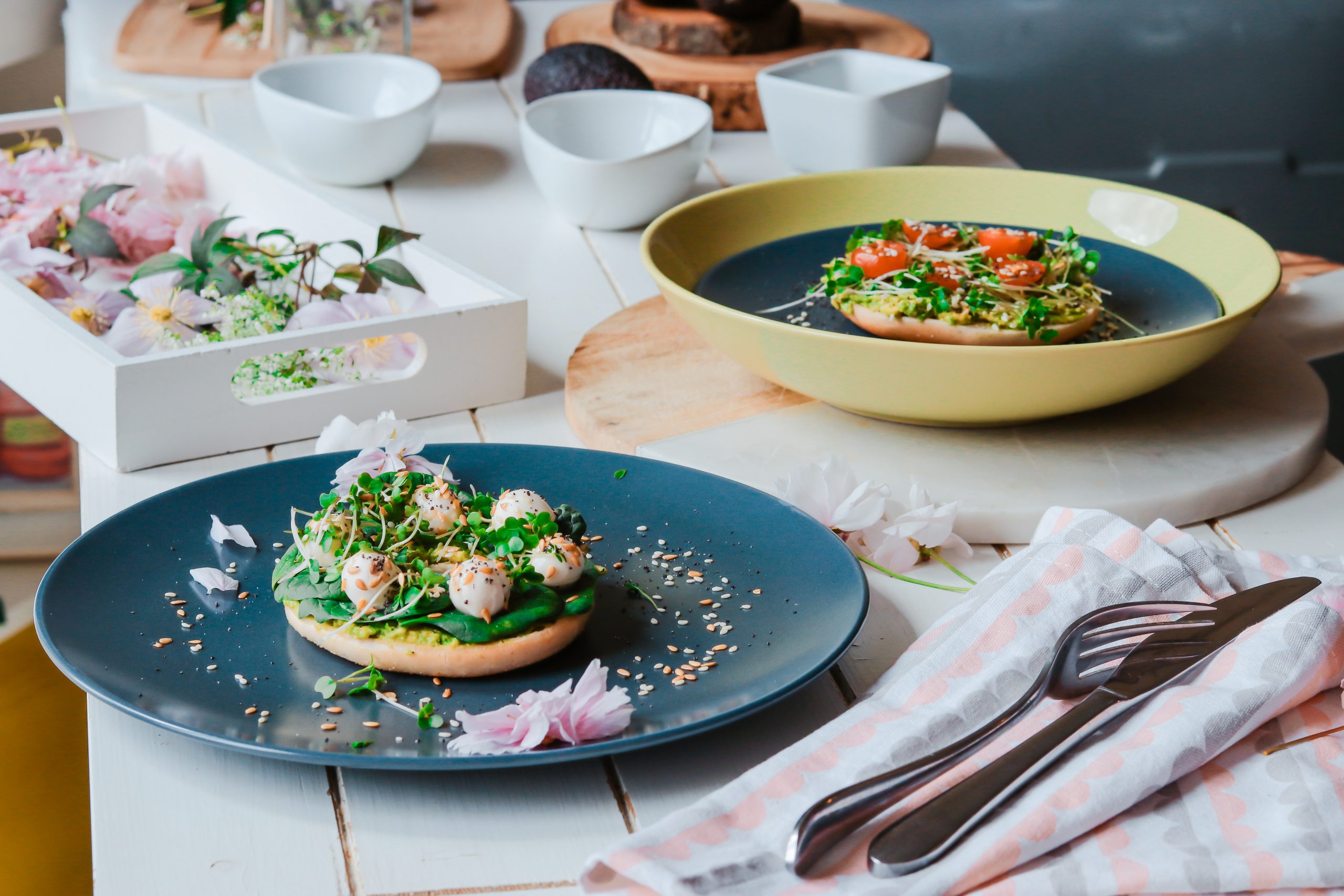
We eat with our eyes first, then with our nose, and finally with our mouth. Instagram-friendly food and drinks are almost obligatorily accessorized with prismatic edible flowers and freshly harvested microgreens. While these easy on the eyes flowers amp up the visual facet no doubt, they equally contribute to the flavour of your nosh too. It was in 1978 when Chef Michel Bras created a dish named Gargouillou using fifty to eighty varieties of edible flowers and vegetables that this practice gained traction. The idea of creating the dish dawned upon him when he was jogging along the French countryside. Gargouillou is a tribute to the fields the chef ran through in his younger days. DSSC takes a walk through #OurCity’s sprawling gardens to discover some known and some lesser known edible flowers that can bedeck your plates and palates.
Marigold
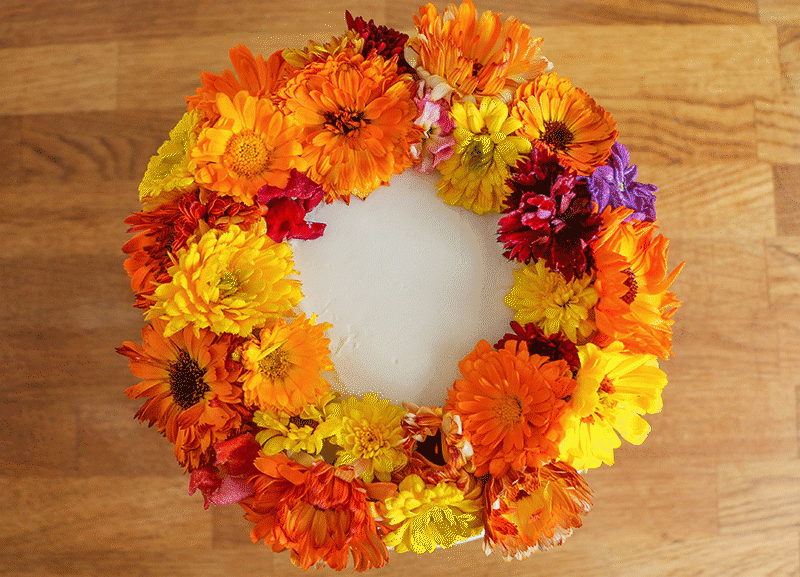
Images: Craftsy
Marigolds are an integral part of Indian religious rites. The yellow and deep orange blooms are also used for their ornamental appeal, medicinal value, and for rendering a bright orange hue to dyed clothes. With a flavour ranging from mild citrus to subtle spice, and undertones of bitter, one may find marigold petals (the edible part of the flower) in several dishes. These are sometimes used in place of saffron to impart a similar golden hue to dishes, proving to be a helpful substitute if you’re running low on saffron. #DSSCTopTip: If you have a green thumb, the self-sowing marigolds are easy to grow at home.
Use them in: Salads, tea, stir fries, garnishes, and curries. Just a few petals will add delectable contrast to your Broccoli Blockbuster.
Nasturtiums
Nasturtiums are widely used edible flowers sought after for their peppery taste and alluring looks. These easy-to-grow flowers are found as bushes, and even as climbers, with both, the petals and leaves being edible. Nasturtiums grow in many colours across the world such as yellow, orange, and crimson-red, the bright petals contrast well when plated with green leaves.
#DSSCTopTip: It is best to harvest the nasturtiums early in the morning; the flowers’ mild flavours turn pungent upon exposure to daytime heat.
Use them in: Salads, omelettes, and garnishes. A must-try: add these to your Vegan Omelette for a hint of pepper.
Mint Flowers
Yes, you read that right. While consumption of mint leaves is common, mint flowers are edible too. In fact, all flowers of the mint family are edible, be it pink or white spearmint flowers, red bee balm, or the yellow, white, pink, and blue hues of the lemon balm flowers. Mint flowers taste just like their leaves, albeit bearing a milder flavour and an intensity that depends on the particular variety.
Use them in: Garnishes, desserts, and vegetables. Add some to garnish your Cucumber Mint and Lime Cooler.
Pumpkin Flowers
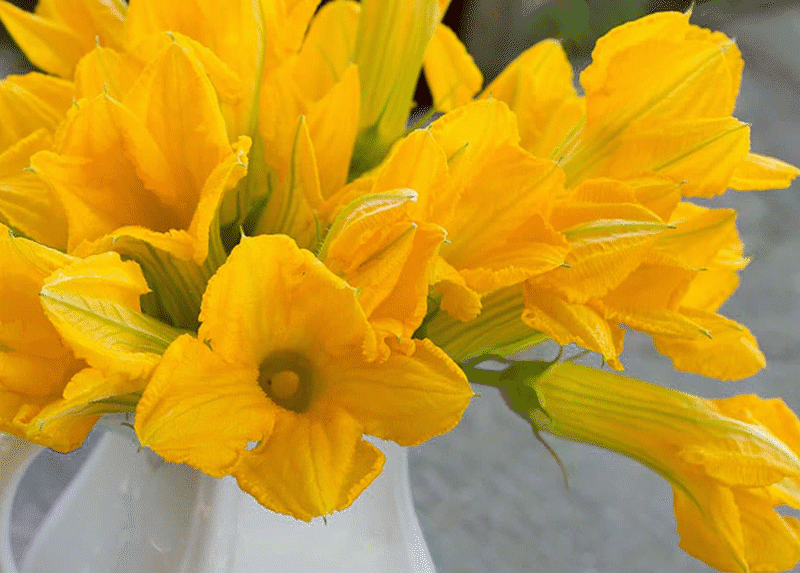
Images: A Dash Of Olive Oil
It is not widely known that the dainty yellow-orange hued flowers of pumpkin can create magic in the wok. Their sweet and earthy taste makes these an edible delight. The flowers are commonly consumed in the form of fritters across cuisines. In India, they are used in West Bengal and Kerala to make popular dishes like Kumro Phooler Bora and Mathapoo Thoran. Fun Fact: Zucchini flowers can be used the same way, too.
Use them in: Fritters, stir fries, soups, and salads. Serve them with Cucumber Yogurt Soup for a side of crunch.
Rhododendron Flowers
Rhododendron trees bearing scarlet flowers are found in few South–East Asian countries such as Bhutan, China, India, Myanmar, Nepal, Sri Lanka, Pakistan, and Thailand. The rhododendron flowers paint the Himalayan valleys red when they bloom in summer. Rhodo, as it is lovingly called by locals, is the state tree of Uttarakhand and the state flower of Himachal Pradesh and Nagaland. The Rhodo flower holds gustatory promises aplenty. It has a sour taste, and most of the preparations use sugar to make it more palatable.
Use them in: Squashes, fritters, jams, and relishes. They’d even make a refreshing addition to your Bacon Jam.
Cockscomb Flowers
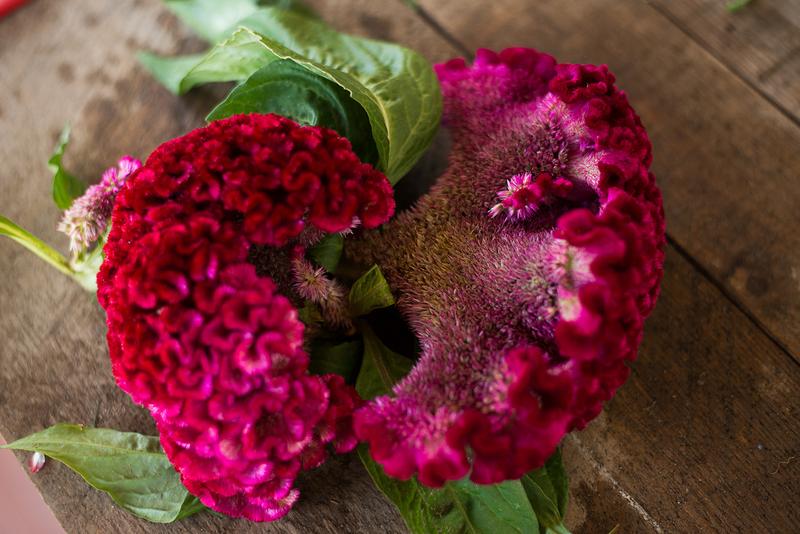
Image: Pinetree Garden Seeds
Mildly astringent and odourless cockscomb flowers are pretty in the flowerpot and impart a lovely deep red hue when added to food. They are extensively used in the Wazwan food of Jammu & Kashmir for delectable Rogan Josh curries. In their dried and powdered form, they even find space in the spice boxes in some homes of the north Indian state. The intake of cockscomb flowers is known to regulate digestion during winter months on account of their rich mineral content.
Use them in: Meat curries and salad dressing.
Banana Flowers
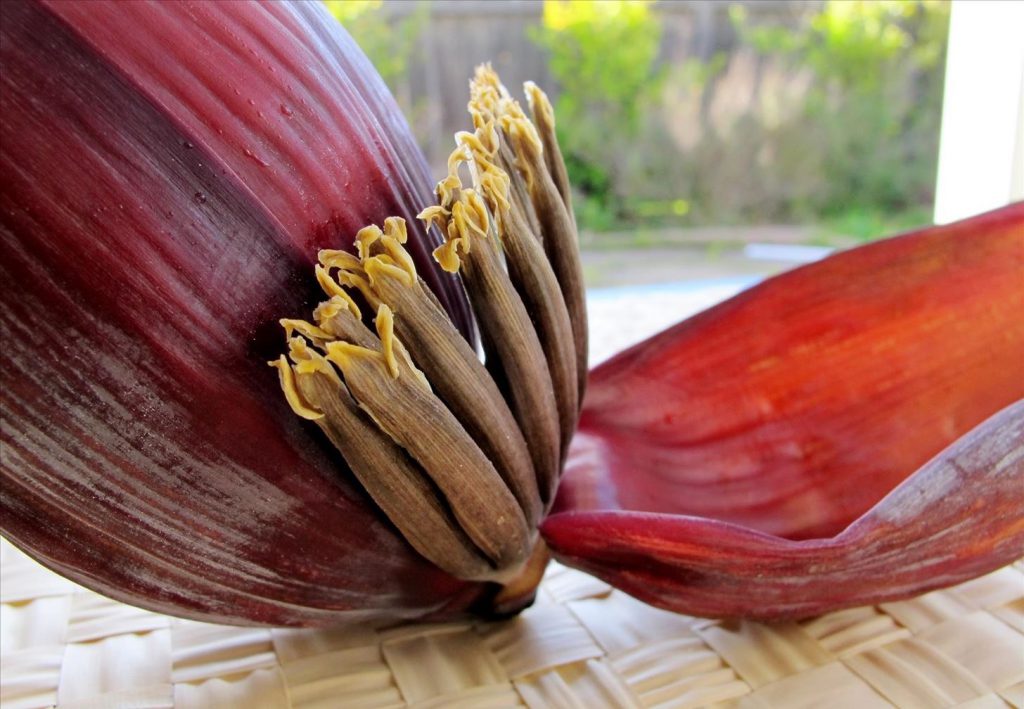
Image: Fay Simmons/Korean Eyes for Wonder How To Food Hacks
Banana flowers are used in many South Asian and South-East Asian cuisines. The preparation, however, is tedious and requires some time and dedication. A few layers of the outer petals (used as disposable packaging by some) are first removed to reveal the tender and edible pink leaves. Most of the sap is removed, and the inner petals or the white bracts are immediately submerged into lemon water to stymie oxidation. If eaten raw, they taste starchy and bitter. Following submersion in lemon water, they can be eaten after 30 minutes. Doing so imbues them with a delicate taste and crunchy texture. Some even compare their taste to that of artichokes.
Use them in: Soups, stews, curries, dips, and cold salads, among others. Consider using them the next time you are whipping up a Sticky Barbecued Prawn Salad.
From pretty ice-cubes to fragrant garnishes give edible flowers a go the next time you enter the kitchen.

